This story is the second in a three-part series.
In the heat of the late afternoon, a Cuban man loaded jugs of water onto the front of a blue delivery tricycle at Mercado Público José María Pino Suárez, a market that spills from a large building into the surrounding streets in the southern Mexican town of Villahermosa.
Around the corner, another Cuban man helped customers at a fruit stand. A third danced on the sidewalk during his break from work.
The U.S. government deported all three of these men to Mexico, and the Mexican government then bused them to Villahermosa, a town a couple of hours from the Guatemalan border in the state of Tabasco. They were now surviving working under-the-table at the market since they did not have any status to live or work in the country.
The Trump administration has sought agreements with countries to allow it to deport people of other nationalities to them. That has meant sending more than 230 Venezuelans to El Salvador, where they spent months in a notorious prison. The administration has also deported small groups of people to the African countries of Eswatini and South Sudan, among others, though the deportees are not from those places. And, it has sent people from several Western Hemisphere countries, including Cuba and Nicaragua, to Mexico.
The Department of Homeland Security and Immigration and Customs Enforcement did not respond to Capital & Main’s requests for comment.
It’s not clear how many people Mexico has received. Though the country regularly publishes statistics about its own deported nationals, it does not publish data on other nationalities deported from the U.S. In July, President Claudia Sheinbaum said her country had received 6,525 deportees of other nationalities.
Though Mexico receives these deportees, it does not give them any legal status to live or work there.
The Mexican government did not respond to a request for comment.
According to human rights observers with the Coalition for Humane Immigrant Rights and the Institute for Women in Migration or IMUMI, Mexico sends these third-country deportees to Villahermosa. With a population of just under 834,000 people, according to data from the Mexican government, Villahermosa has only one migrant shelter.
Many of the deportees are past retirement age and had lived in the U.S. for decades, which presents unique challenges for the shelter, according to Josue Leal, coordinator at the Oasis de Paz Del Espíritu Santo Amparito shelter.
Many end up living on the street because they can’t find enough work to pay rent, said several Cuban men working in the Villahermosa market. Those with family still in the U.S. often lean on their loved ones for support.

Louis Robaina, second from right, works at a fruit stand at a market in Villahermosa. Robaina was deported to Mexico after Cuba refused to take him back.
“Lost in This Country”
Once U.S. ICE officials decide to deport a person to Mexico who is not from there, they put the person on a bus to the border. Deportees told Capital & Main that they crossed south at various parts of the border from Tijuana, adjacent to San Diego, to Reynosa, across the Rio Grande from McAllen, Texas.
Then, Mexican officials put them on another bus to Villahermosa, a trip that can take about 40 hours, depending on where the person crossed the border.
The bus arrives at an immigration detention center, and eventually, Mexican immigration officials release the deportees to figure out where to go next. One man said that Mexican immigration officials sent him out into the street around 11 p.m.
On an afternoon in late September, three people walked out of the detention center after being held there. Among them was a Nicaraguan man who said he’d spent about 40 years in the U.S. — since he was a teenager.
He asked not to be identified due to his vulnerable situation.
He said he has children and grandchildren in California, and he learned that his permanent residency had expired when ICE officers arrested him while he was at court to pay a traffic ticket. He spent several months at Otay Mesa Detention Center in San Diego, he said, before seeing a judge who told him he had to leave the U.S.
He’d been deported about two months prior to Villahermosa and had ended up detained a second time when he tried to board a plane to Nicaragua, but his home country refused to accept him, he said.
“No Nicaraguan who has been in the United States can return,” he said in Spanish.
The man said that it was especially hot inside the Mexican detention center but that otherwise he’d been treated well enough. He didn’t know what he was going to do next.
“I’m lost in this country,” he said.
In early November, he told Capital & Main over the phone that he’d finally reached Nicaragua by sneaking into the country, but he hoped to return to the U.S. before long one way or another.
A Second Chance
Many of the third-country nationals deported to Mexico are Cubans who had green cards to live permanently in the U.S., but the government took those away after they were convicted of crimes.
That’s what happened to Louis Robaina, who was working at a fruit stand that afternoon at the market in Villahermosa. He spent six years in prison after a fraud and money laundering conviction in Miami, he said.
A father to three U.S. citizen children, he said that while he was in prison, he worked as a teacher helping other inmates get their GED diplomas and that he never had any disciplinary issues.
“Sometimes you make mistakes, and you have to know that sometimes people need a second chance,” Robaina said.
Instead of a second chance, he was transferred to immigration custody after prison, and a judge denied his request for protection from Cuba. Still, Cuba refused to take him back. He ended up in Villahermosa at the beginning of summer.
His family has been helping him while he gets on his feet, he said. He applied for asylum in Mexico and is waiting for the next steps in the process.
He said his family members supported President Donald Trump until this happened. Now they have all changed their minds.
“We thought that he was good for the country,” Robaina said. “He’s a piece of shit.”
Damian de la Moneda said that in some ways he sees his deportation to Mexico as a second chance, a new start.
“This is good for me in a way,” he said.
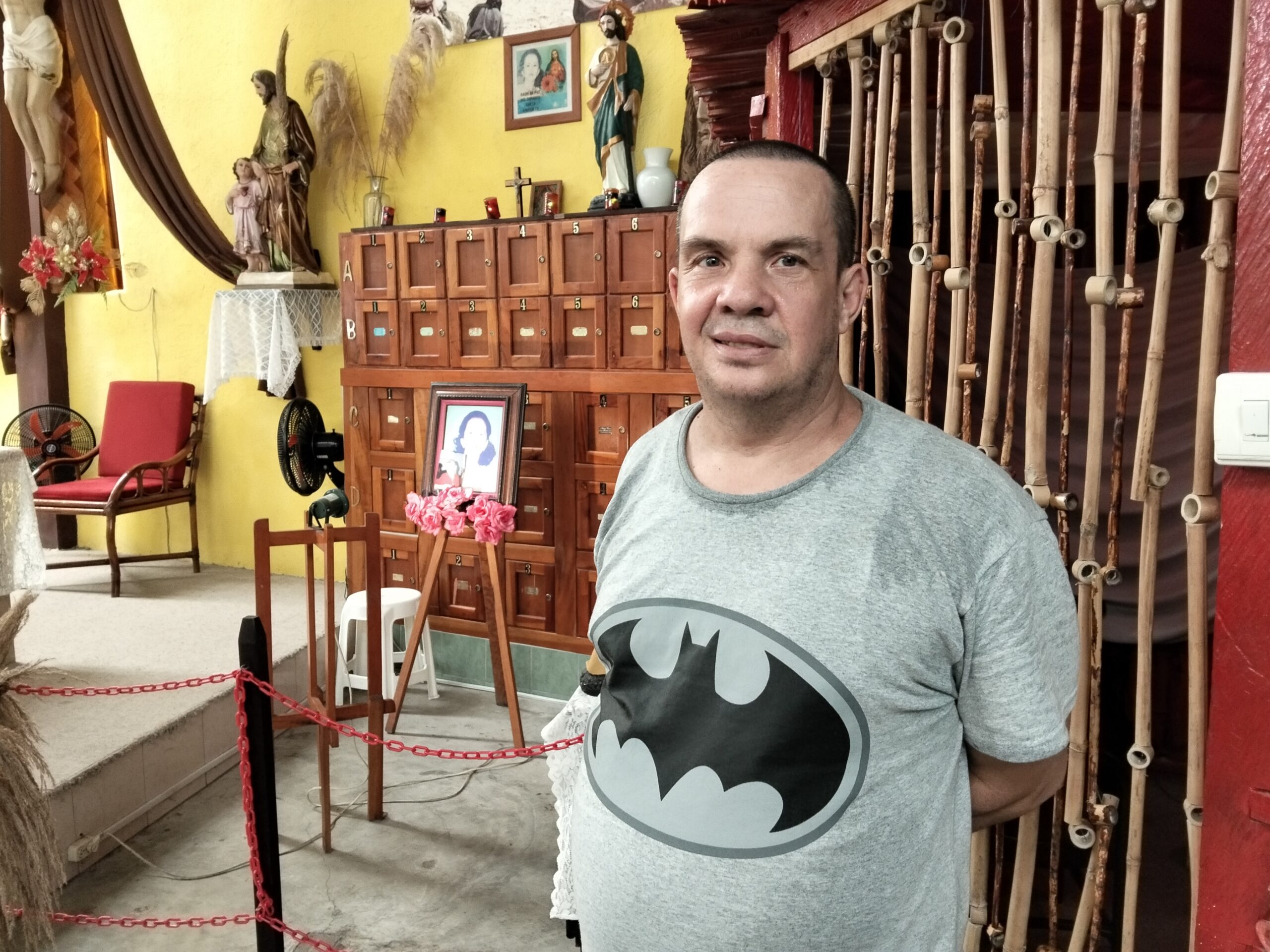
Damian de la Moneda at the Amparito shelter in Villahermosa.
Like Robaina, de la Moneda, who arrived in Villahermosa in September, found himself deported after a criminal conviction, even though that conviction happened more than 20 years ago, he said.
The 49-year-old moved to the U.S. from Cuba as a child, and he said he fell in with the wrong crowd and ended up in prison. He was ordered deported around 2001, he said, but because of the lack of relationship between the U.S. and Cuba at the time, he stayed in Miami and got his life together.
“Now, I know the difference between right and wrong,” he said.
He began working with a Christian ministry in 2017, he said.
When he was traveling through Texas, police pulled him over, and because his license was expired, detained him, he said. ICE put a hold on him and took him into immigration custody.
ICE officers tried to talk him into agreeing to go to Mexico. He said no and started the process to file a habeas petition to challenge his continued time in custody. ICE sent him to Mexico anyway. Court records show that the federal court in the Southern District of Texas did not process his application until after he had arrived in Villahermosa.
He learned about the Amparito shelter and made his way there. He was working on applying for asylum in Mexico and finding work so that he could get his own place. He struggled with the shelter’s lack of air conditioning in the humid heat of Villahermosa.
While he’s found silver linings in his situation, he said he still would rather be in the U.S., where his mother and the woman he intended to marry one day both live.
Extended Stays
While the Amparito shelter usually allows migrants to stay for only three days, coordinator Leal said that with reduced demand from fewer people heading north, and the complexities the deportees face in finding other lodging, the shelter has extended their stays.
That’s especially true for a group of Cuban men, older adults who each spent more than four decades living in the U.S. Leal said the shelter is facing extra challenges helping them because several have chronic health conditions.
Angel Insua, 65, said he has diabetes and high blood pressure. One of his legs doesn’t work well, and he’s losing his vision, he said.
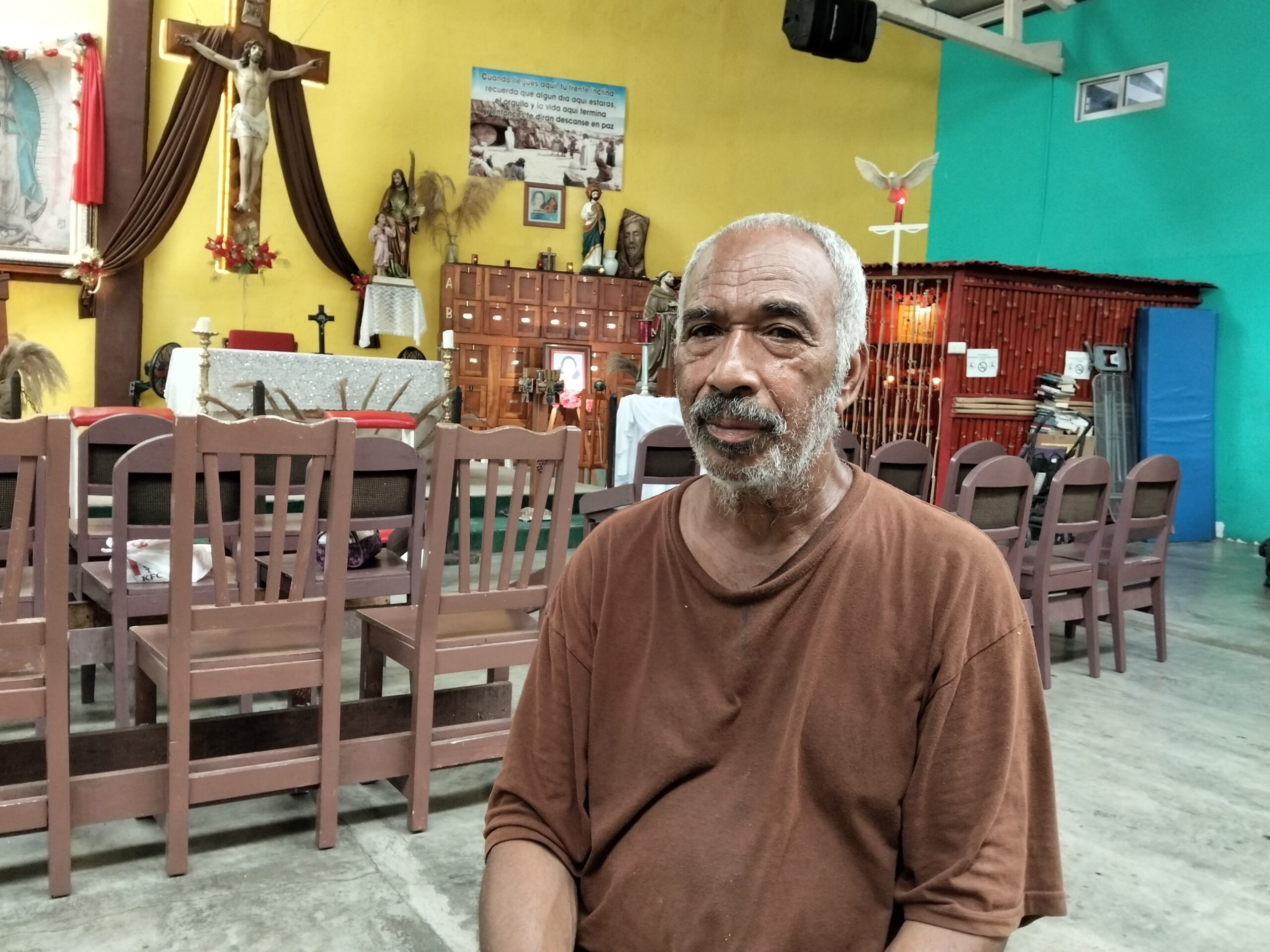
Angel Insua at the Amparito shelter in Villahermosa.
He lived in Orlando for about 45 years, he said, but had his green card taken away after he served a prison sentence decades ago.
“They deported me from there to here,” Insua said in Spanish. “They treated me like — I never thought the United States would treat me in that way.”
He said officials took his money and his ring and that he was chained throughout the deportation process.
Insua said he would like to go apply for asylum, but he can’t see well enough to walk to the asylum and refugee agency without falling and injuring himself. He was grateful to have a place to sleep at the shelter, but he didn’t know how long it would last.
Arturo, a 64-year-old who declined to give his last name because of his vulnerable situation, said he had agreed to go to Mexico to avoid going back to Cuba after ICE arrested him in Florida. He too had old convictions that had cost him his green card.
He said he has sciatica that causes him a lot of pain, high blood pressure, epilepsy and chronic asthma.
“I have a brave heart to keep going, but I am still weak,” he said in Spanish.
Arturo was deported without a phone and was trying to get his sister’s number. He said he hoped his family would help him rent a place because he was running out of time at the shelter.
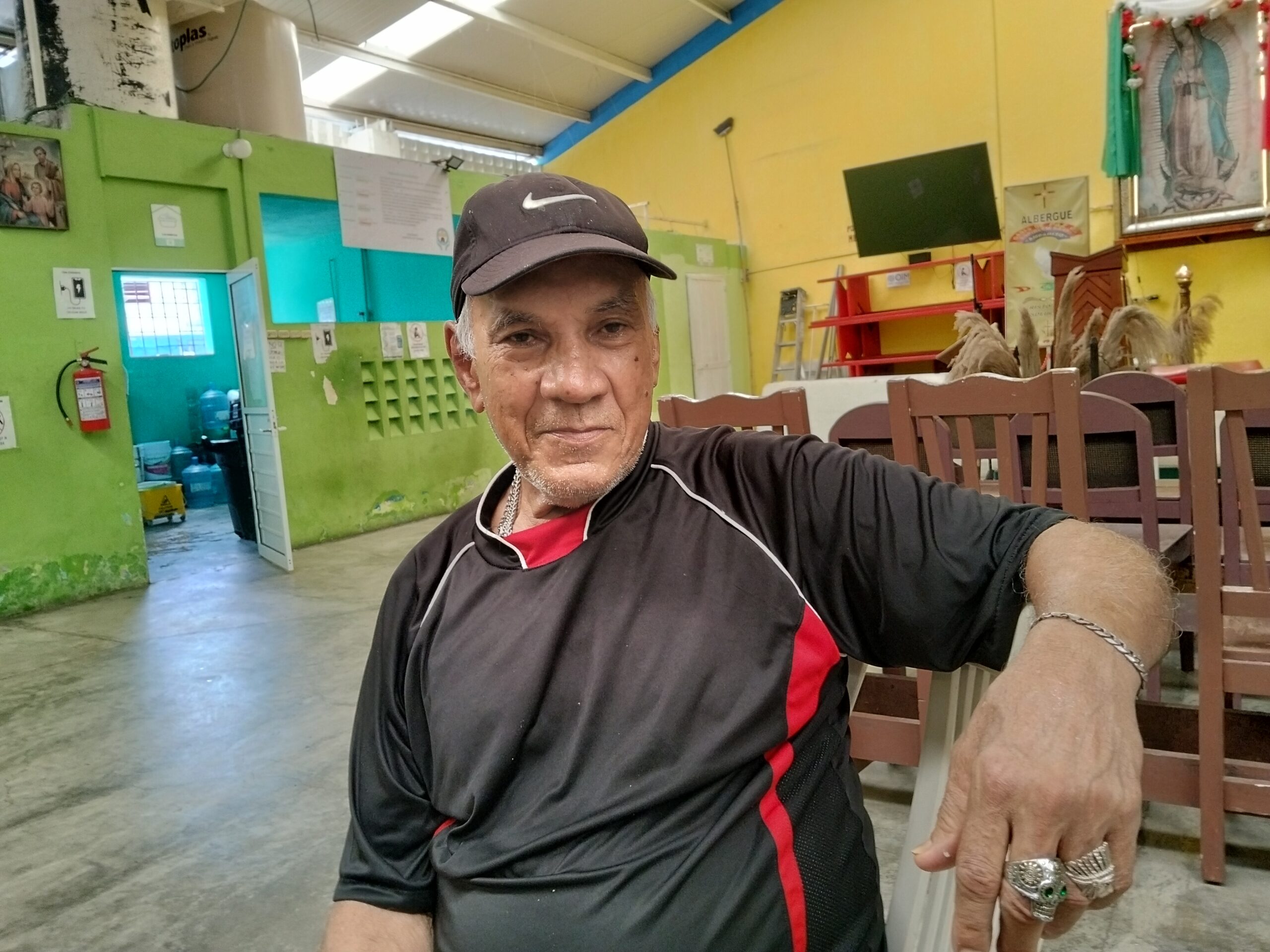
Arturo at the Amparito shelter in Villahermosa.
Fidel Forten-Garcia, 66, said he was also deported without his phone and struggling to communicate with family. He wanted to be able to talk with his children, he said.
“I’m still thinking that I’m dreaming — it’s like a nightmare,” Forten-Garcia said, saying the last word in English.
He said he’s having a hard time getting medication for his health issues, including high blood pressure.
Forten-Garcia spent time in prison, followed by time in immigration custody, throughout his life, he said. Though a judge took away his green card, immigration had to release him each time because Cuba would not take him back.
He is worried about starting over again, though he still feels strong enough to work, he said.
He didn’t understand what had happened to him, he said several times.
“I don’t understand,” he said. “I don’t think I will ever understand.”
Enduring and Waiting
Not every Cuban whom the U.S. has deported to Mexico has a criminal record.
Yamil, the man working delivering jugs of water at the market, said he had come to the U.S. to request protection from Cuba, but he lost his asylum case in 2017.
Because he couldn’t be deported to Cuba, he kept living in Texas, checking in with ICE periodically. He fell in love with a U.S. citizen and married her after they’d been together for about five years, he said. They’ve been married now for about three years.
But he said an attorney told him that in order to get a green card through his wife, he would have to leave the U.S. and ask for a pardon for the time that he spent there without status.

Yamil loads jugs of water onto a tricycle for delivery.
When he showed up for his last check-in appointment, he said, officers detained him and told him they were transferring him to another detention center. He soon found himself on Mexican soil.
“The United States is very good on many things and very bad on various things,” he said in Spanish.
Yamil was worried about his debt accumulating in the U.S. while he’s earning low wages in pesos. He still had a credit card and bank account in the U.S., he said, as though he never left. He had started getting calls from creditors, he said.
He said he’s trying to be a productive member of society in Mexico, just as he did in the U.S.
He talks to his wife every day. He still hopes to be able to return to his life with her.
“I have to endure,” he said. “One has to wait.”
Copyright 2025 Capital & Main.
This story was supported with a Charles M. Rappleye grant via the Los Angeles Press Club.
All photos by Kate Morrissey.

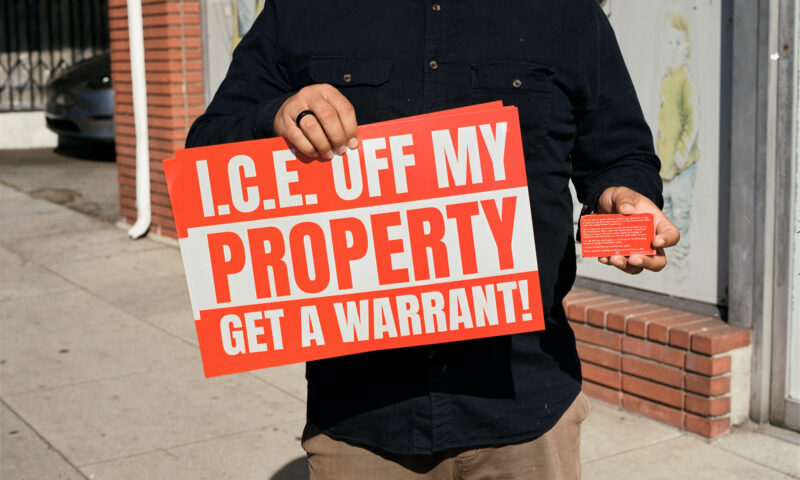
 Latest NewsNovember 19, 2025
Latest NewsNovember 19, 2025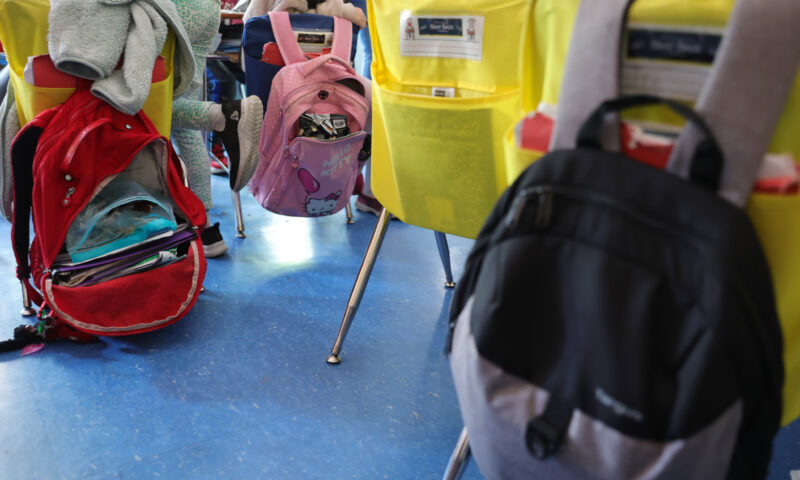
 Latest NewsNovember 18, 2025
Latest NewsNovember 18, 2025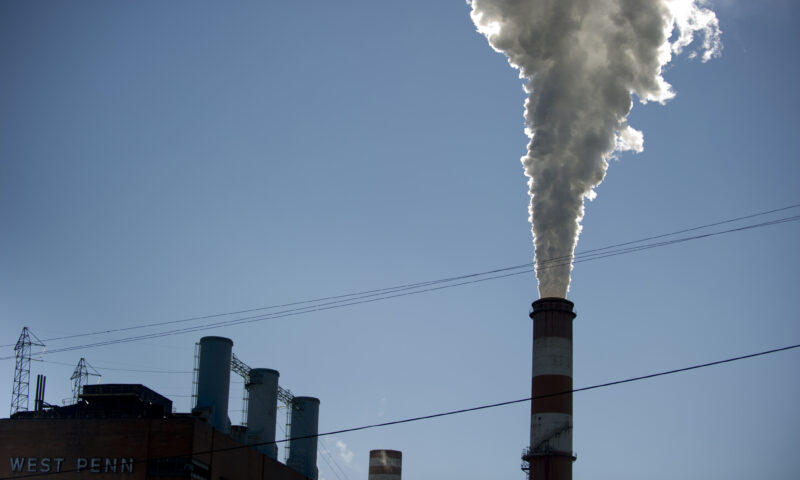
 The SlickNovember 18, 2025
The SlickNovember 18, 2025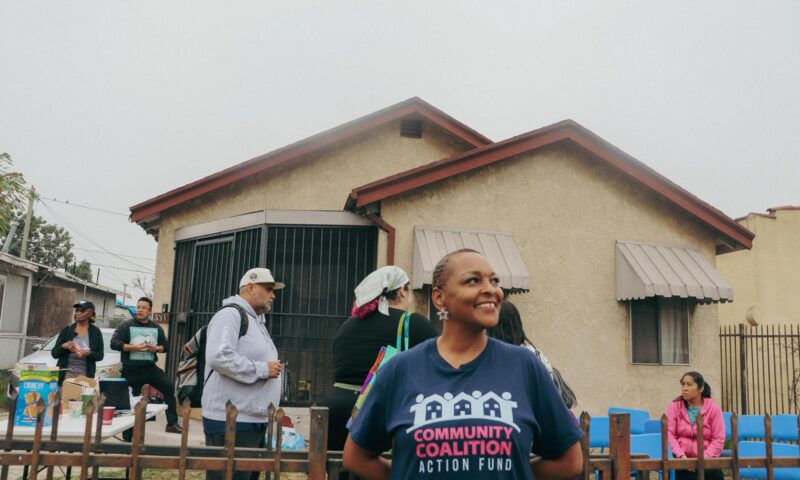
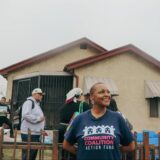 Latest NewsNovember 17, 2025
Latest NewsNovember 17, 2025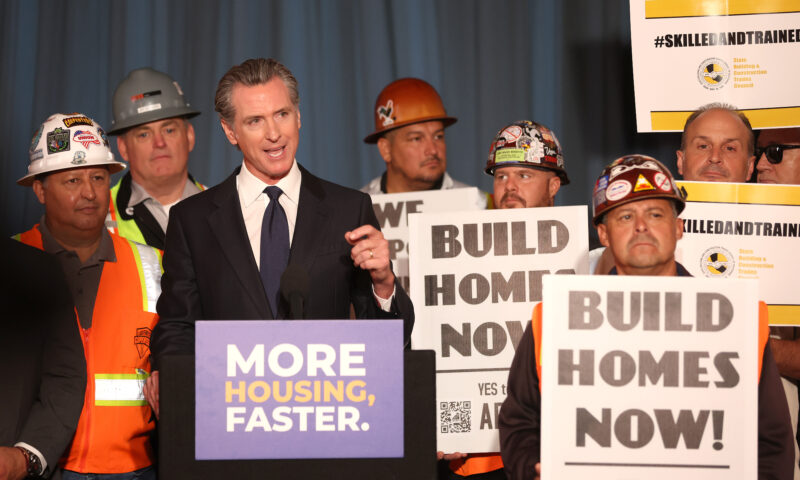
 Column - State of InequalityNovember 21, 2025
Column - State of InequalityNovember 21, 2025
 Column - State of InequalityNovember 28, 2025
Column - State of InequalityNovember 28, 2025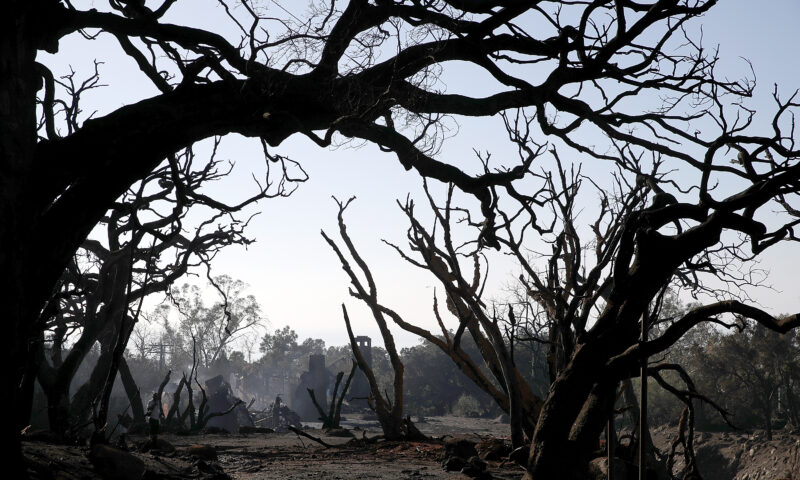
 The SlickNovember 24, 2025
The SlickNovember 24, 2025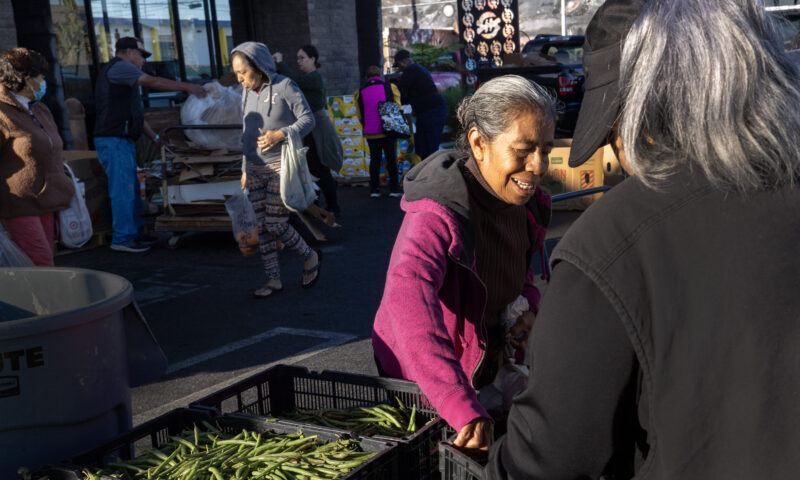
 Latest NewsNovember 26, 2025
Latest NewsNovember 26, 2025






